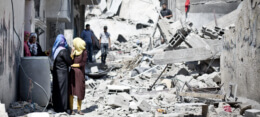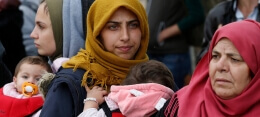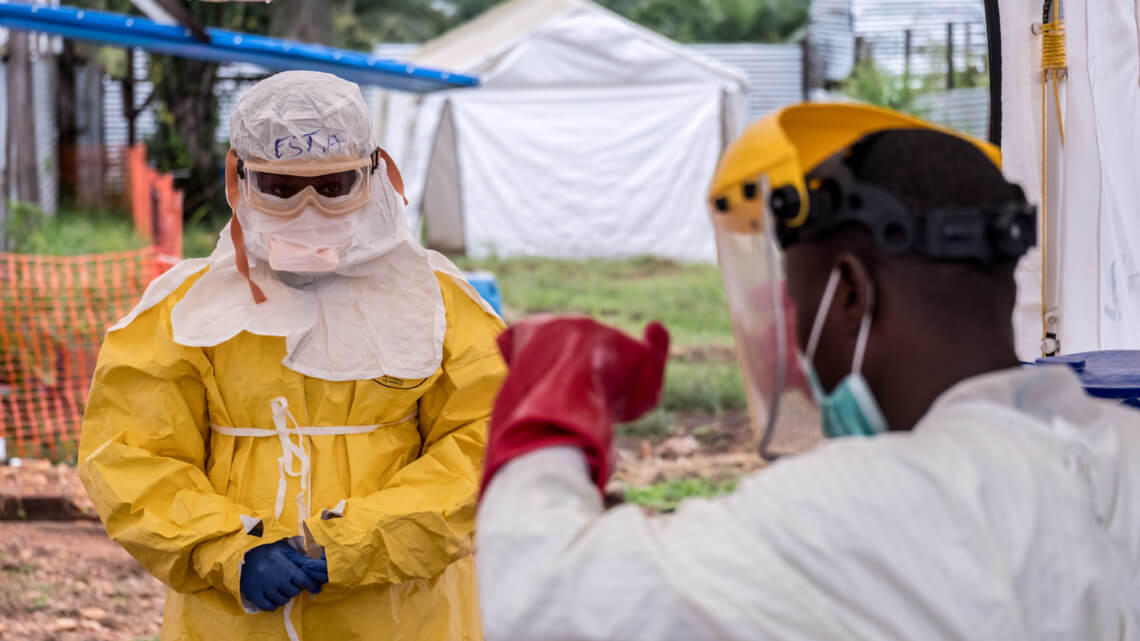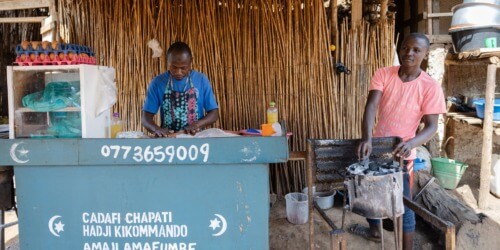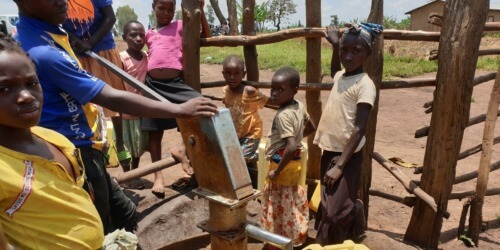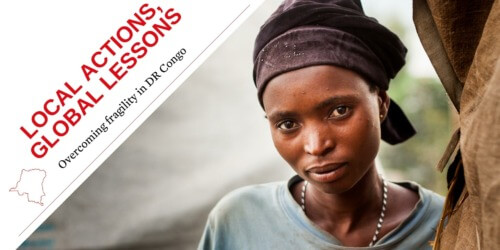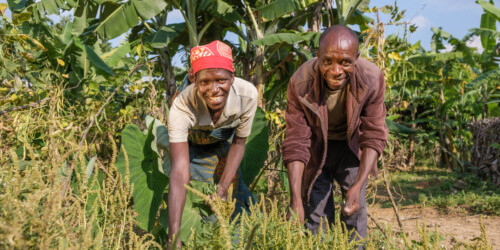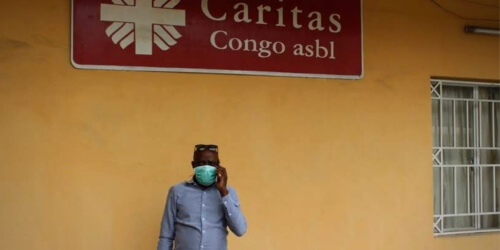1. Ebola is a virus
Ebola is a deadly virus that was originally transmitted to humans through animals such as bats, porcupines, or monkeys, yet now it can be passed on between humans. The main symptom of this disease is that it causes inflammation of the blood vessels, which leads to bleeding in various parts of the body. The infected patients are the most contagious during this stage. The disease is rare but extremely dangerous since the risk of death is very high once infected. Currently in Africa, more than half of the Ebola patients do not survive the disease.
2. THE EBOLA VIRUS IS MAINLY TRANSMITTED BY BODILY FLUIDS
The Ebola virus is transmitted by direct contact with bodily fluids such as blood, saliva, or stool. It is essential that infected patients be isolated as quickly as possible to avoid all physical contact and to prevent the spread of the virus. As long as the Ebola virus is present in their blood, infected patients remain contagious even if they have died. Therefore, traditional funeral rituals need to be adapted so that people can say goodbyes to their loved ones without risking contamination.
3. THE FIRST SYMPTOMS OF EBOLA ARE SIMILAR TO OTHER DISEASES
Once a person is infected with the Ebola virus it can take between 2 and 21 days for symptoms to show. Symptoms can include headaches, fever, cough, stomach pain, vomiting, and diarrhea. It can be hard to get an early diagnosis as the symptoms are similar to other diseases such as malaria, typhoid fever or meningitis.
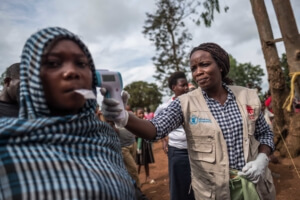
4. THE EBOLA VIRUS WAS FIRST DIAGNOSED IN THE DRC
In 1976, the disease developed simultaneously in two places: Sudan and Congo. The first researcher to come into contact with the Ebola virus was Jean-Jacques Muyembe-Tamfum. The Congolese doctor took blood samples from a Flemish nun who was living in the Congo and who had been infected by the – then unknown – disease. He sent the sample in a blue thermos filled with ice to the Institute of Tropical Medicine in Antwerp where Belgian researchers Peter Piot and Guido van der Goren studied and recorded the disease for the first time. They gave it the name “Ebola” in reference to the river that flows through the village where the epidemic first broke out.
5. THE MOST VIRULENT EPIDEMIC IS THE ONE THAT SPREAD BETWEEN 2014 AND 2016. THE SECOND MOST VIRULENT IS THE ONE THAT IS CURRENTLY SPREADING.
The epidemic that spread in West Africa between 2014 and 2016 caused 28,616 infections and 11,310 deaths- a much higher number of victims than in previous epidemics. The disease broke out in Guinea and then spread beyond the country’s borders to Sierra Leone and Liberia. The current epidemic in the Congo is the second most virulent and it is the tenth time that it has hit the country. As of September 10th, 2019, a total of 3,091 infections and 2,074 deaths have been recorded[2]. The violence and instability in the affected region make it difficult to control the spread of the disease.
6. COMMUNITY INVOLVEMENT IS CRUCIAL
Taking into account the socio-cultural dimension of the epidemic is crucial to formulate an effective response. A uniform approach cannot work because each community is unique and requires a tailored approach. In the eastern Congo, many people believe that armed groups are more of a direct threat than Ebola. In addition, prevention practices can conflict with the habits of certain communities. Just think of the local leaders buried away from their communities. It is therefore essential to explain the danger posed by the virus, how it is transmitted and how it can be prevented. Religion often has a heavy influence over these communities, so Caritas is committed [3] to helping the government fight the spread of Ebola by educating priests, pastors and imams to avoid religious practices that could increase the risk of infection.




